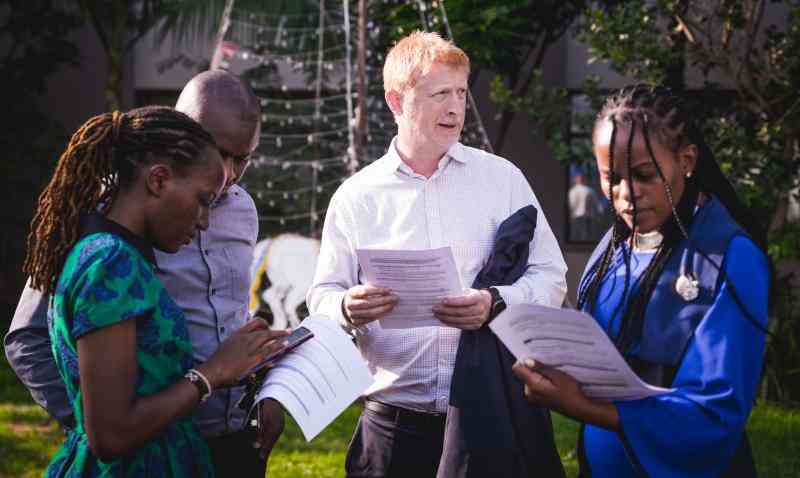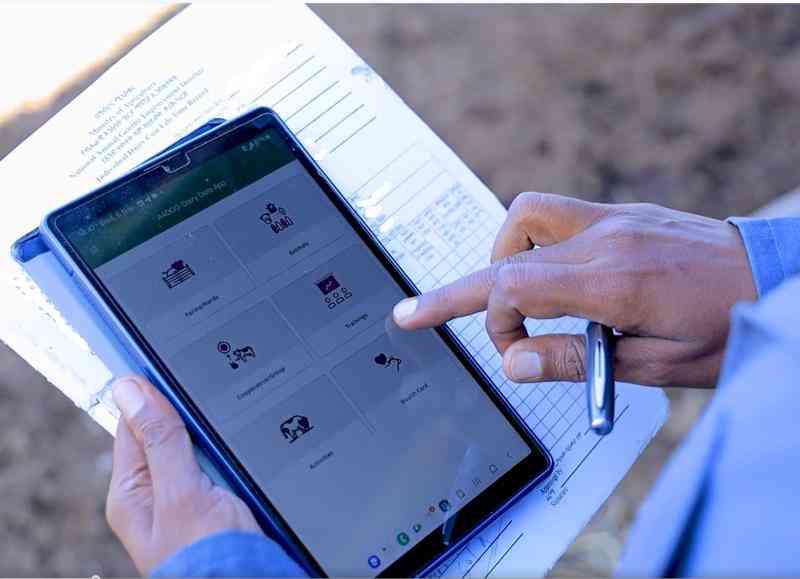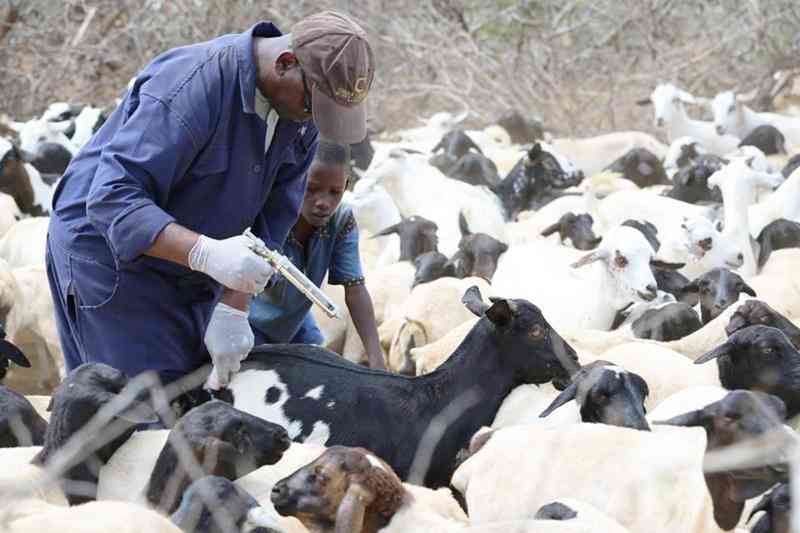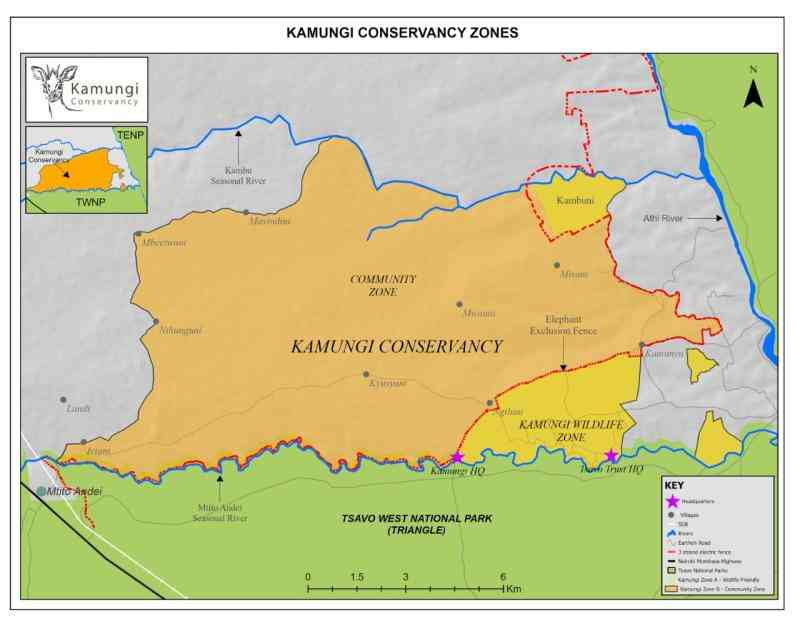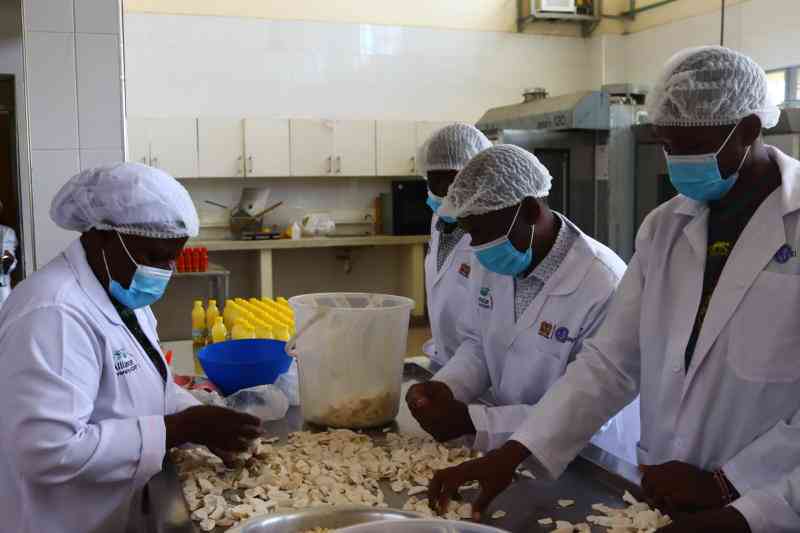Almost everybody wants a slice of the lucrative avocado market. The numbers show that Hass avocado has a huge international market. According to Horticultural Crops Directorate (HCD) revenue from the avocado export was Sh14.5 billion in 2020 and in 2021, it stood at Sh14.4 billion.
There is more interesting bit. According to Oxfam, the lifespan of an avocado tree is about 50 years while that of an average Kenyan according to World Bank is about 66 years, meaning a tree can benefit one for the better part of their life. Farmers from Murang’a — the largest producer of the crop — to other counties are being encouraged to grow the crop to tap into the global market. And so everybody wants a slice. But what does it take to venture into the avocado export business?
From seedling to fruit
Many assume that they only need to get the right seedling, plant and when it matures, they are on their way to being the next millionaire. Far from it. As experts point out, if one does their market research well, they stand a chain to gain. Kenya Agriculture and Livestock Research Organisation (Kalro) says with right variety and appropriate care, 3-5 year-old tree yields 300-400 kg fruits per hectare while a tree older than five years yields 800-1000 kg fruits per hectare. The avocado tree, however, alternates bearing. This means that the tree may produce a large crop one year, and then produce a small crop the following year.
Before you export...
Most Kenyan avocados are produced on smallholder farms according to an expert at Kakuzi. The expert notes that when the Kenyan market is not linked to exporters through an out-grower scheme or government certified agents, crafty middlemen creep in.
According to the Kakuzi source, Kenyan small holder farmers cannot export by themselves unless they have a cooperative. In Kenya, not all small holder farmer cooperatives are allowed to export except for the big exporters like Kakuzi. This is because of the strict global phytosanitary standards to be met.
The avocado export market in Kenya is dominated by five major exporters —Kakuzi, Vegpro, Sunripe, Kenya Horticultural Exporters, and East African Growers. These companies source their avocados from smallholder farmers, although some firms also source from larger growers or own plantations.
These exporters buy avocados from small and medium sized farms and export them as their own product.
The challenge sometimes comes when Kenya’s production coincides with the one of the six major growing companies in America or the larger producers, for example Peru.
If interested in exporting, there are some things you need to know as a farmer. First, you need the Horticultural Crops Development Authority (HCDA) license and must be certified by Kenya Plant Health Inspectorate Service (Kephis). You also have to be a member of the exporters associations.
Challenge of immature avocados
International avocado market is also very strict; they control when the exports come in.
Kephis pest risk analysis expert and Chief plant health inspector Asenath Koech says points out that there are avocado varieties that are not being exported due to closure of the exporting window. According to Kephis, this is just to ensure immature fruits are not exported.
“Kephis and HCD normally closes the season and only opens it when we see a good percentage of mature fruits. This also depends on varieties because not all mature at the same time,” says Koech.
She adds: “Farmers may see this as a challenge, but it’s not, it is for the security of the market.”
When the window of exporting is closed, it is officially communicated to the exporters through a letter and when it is opened, it is also communicated.
Avocado is harvested between April and September in Kenya. Since most varieties do not change colour on maturity, a few fruits should be picked and stored at room temperature for seven to ten days. If they soften without shriveling, then the fruit is ready for harvesting. Fruit should not be pulled from the stalk but be cut off leaving a three centimetre stalk.
Cooling and storing avocado
After harvesting, avocados must be cooled as quickly as possible to the optimum storage temperature of five degrees for Fuerte and Hass varieties within five hours of harvesting.
Hot water treatment is used to kill fungal spores on and in the skin of the fruit. The avocados should be immersed in water heated to a temperature of 50 degrees celsius for three to five minutes. Treatment of fruit using fungicides such as Bavistin (Carbendazim) is also key to maintain quality.
Koech notes that for avocados, fruit flies is not much of a challenge. The headache is False Codling Moth (FCM). Many farmers control it using traps which may be expensive.
Pests and diseases to watch out
“Avocado does not have a lot of pests, maybe the FCM and a few diseases which come especially during the wet season,” says Koech.
For those who export, HCD and Kephis do inspections on farms and give a phytosanitary certificate to allow for exports.
“We do certifications at the farms. We do not just inspect the final product, but also do checks at the farms because some markets require that we do inspections a few months before export. If the fruit is not good, we reject it at that point,” says Koech.
Fresh Produce Consortium of Kenya Chief Executive Officer, Okisegere Ojepat says globally, there has been a lot of sensitisation on avocado production. Notably, Ojepat says Kenya is geographically positioned to produce quality avocados that the world demands. He notes that in the export market, the challenge is to demonstrate that Kenya can produce that is pest free. The idea of frozen avocado cannot work for the majority of Kenyans because it is expensive, Ojepat says. “Perhaps 0.001 per cent of Kenyans could afford that facility,” says Ojepat. Ojepat reveals that they are in talks with Kephis and the equivalent in China to look at pest risk assessment with a view of accessing the market without having to freeze.
Kakuzi PLC Managing Director Chris Flowers says access to traditional markets is becoming complex and is now more than ever a requirement to demonstrate that Kenyan fruit meets all the required criteria, including quality, traceability and sustainability.
Flowers says China is an important market, but it imports only a fraction of what other destinations do.
The avocado market in China is saturated at approximately 50 containers of fruit per week. As a comparative, Europe, with a population much lower than China, can consume 700 containers of fruit per week. This indicates the enormous future potential these markets have for Kenya if we gain access to standard fruit.
Despite the many odds at play, he encourages more farmers to grow avocado.
“We are encouraging more farmers to plant the fruit to improve their livelihoods. This is a laudable aspiration, but it comes with responsibilities,” says Flowers.
Want to get latest farming tips and videos?
Join Us
 The Standard Group Plc is a multi-media organization
with investments in media platforms spanning newspaper print operations,
television, radio broadcasting, digital and online services. The Standard Group
is recognized as a leading multi-media house in Kenya with a key influence in
matters of national and international interest.
The Standard Group Plc is a multi-media organization
with investments in media platforms spanning newspaper print operations,
television, radio broadcasting, digital and online services. The Standard Group
is recognized as a leading multi-media house in Kenya with a key influence in
matters of national and international interest.
 The Standard Group Plc is a multi-media organization
with investments in media platforms spanning newspaper print operations,
television, radio broadcasting, digital and online services. The Standard Group
is recognized as a leading multi-media house in Kenya with a key influence in
matters of national and international interest.
The Standard Group Plc is a multi-media organization
with investments in media platforms spanning newspaper print operations,
television, radio broadcasting, digital and online services. The Standard Group
is recognized as a leading multi-media house in Kenya with a key influence in
matters of national and international interest.

